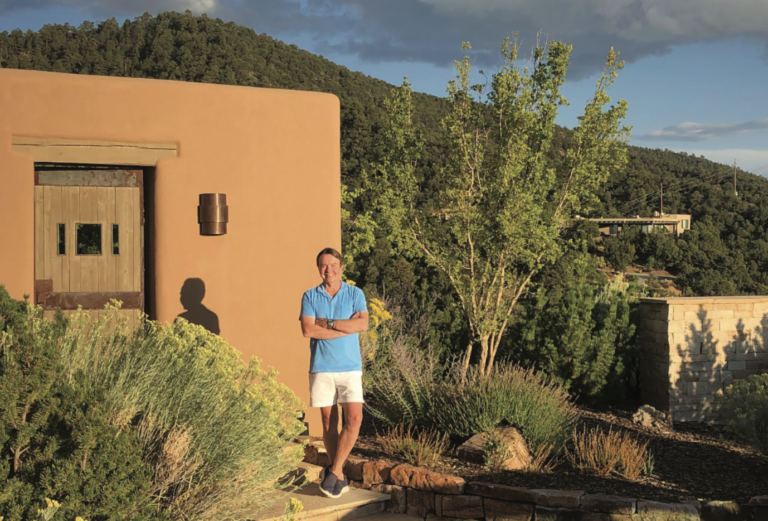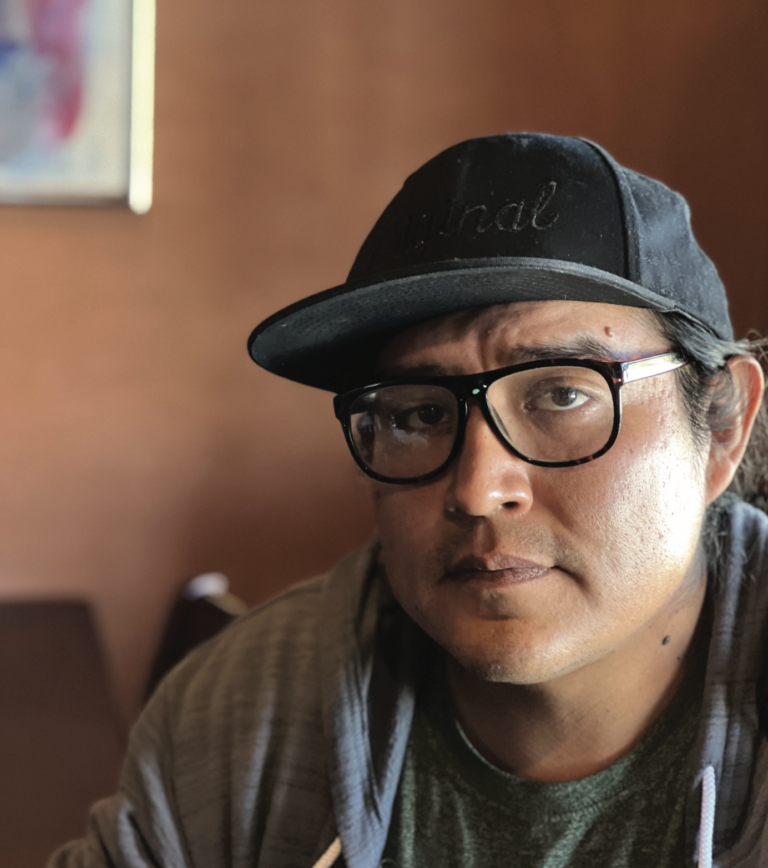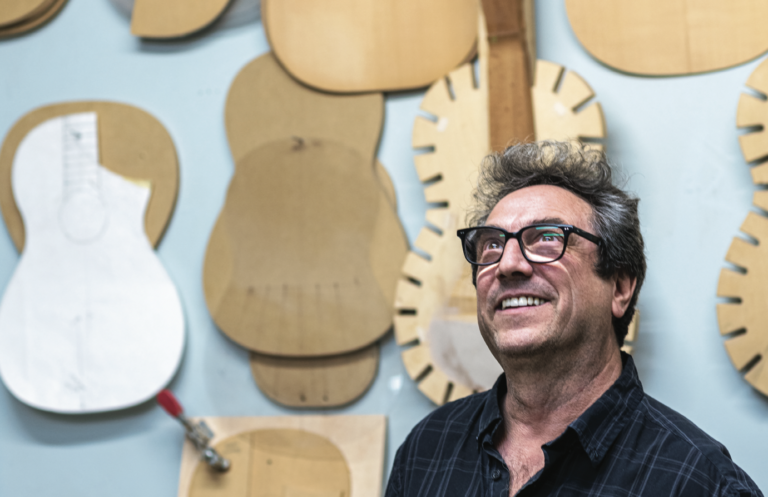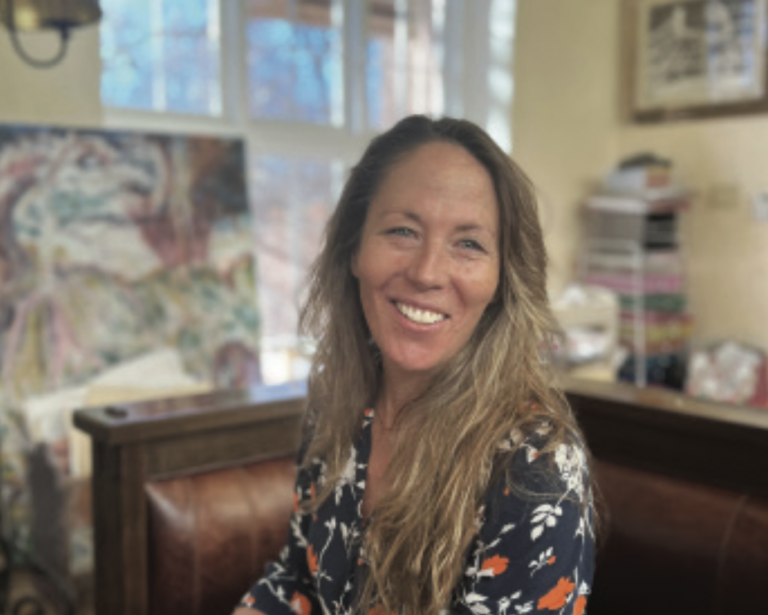LET’S START WITH THE FACT THAT HER MIDDLE NAME IS HIDDEN. Maybe a clue as to why she’s drawn to photograph remote tribal villages in India and southeastern Morocco and – most recently and maybe most interestingly – lonesome, two-lane state highways north of Santa Fe. It’s here that, for 10 years, she searched out descansos: roadside memorials placed at the site of violent, unexpected deaths.
Of course, roadside memorials can be found all across the country, but only in New Mexico are there so many, all tied to the long Hispanic Catholic custom of erecting a Latin cross to mark a driving death. Descanso literally means “resting place,” an enduring tradition of marking communal grief in a very public place.
Why descansos?
It’s interesting, you drive by and notice them, but you don’t really see them. But I had lost someone in my life, and all of a sudden I really started to see them. It became clear that these filled a need for people to deeply express themselves after a tragedy.
It’s a photo book, but you included the stories behind the descansos.
I was staying in Dixon, and they have a great library there. I started talking to a librarian about the book, and she offered to introduce me to a lot of the families who had lost sons or daughters and created descansos.
Now I’m an outsider and an Anglo, but the families didn’t care; they really wanted to talk about the person they had lost.
It was very hard to go into people’s homes and hear their stories about these tremendous losses. The first day, I went home, lay down on my bed, and cried. It was strong.
As time went on, my connections deepened more and more to the lost men, women, and children remembered in these sacred spaces. And to the families who generously – and courageously – welcomed me into their homes to share these memories. It was extraordinary; like nothing else in my life.
Learn more about Mortal Highway at daylightbooks.org
Photo Richard K. Fassett








